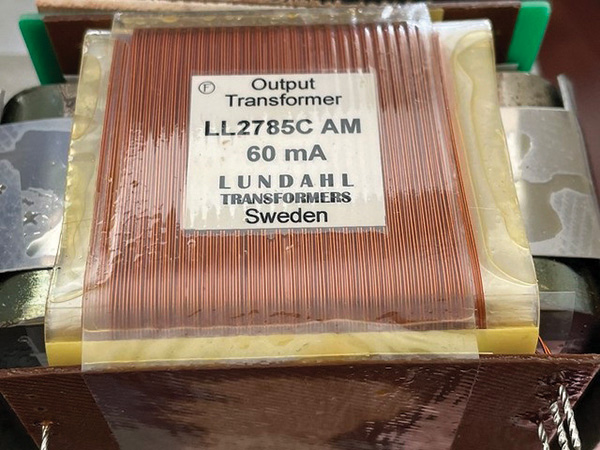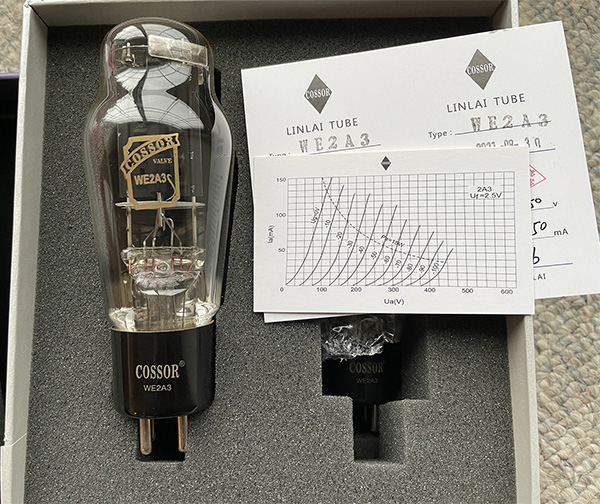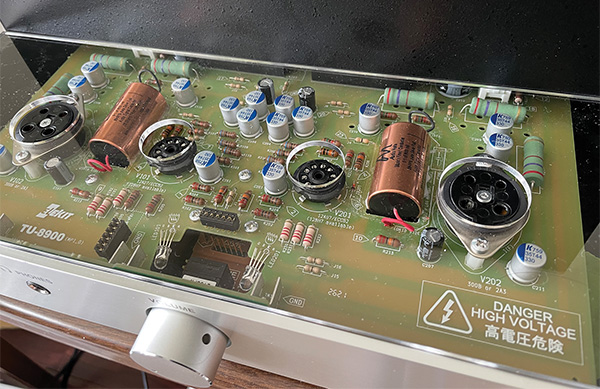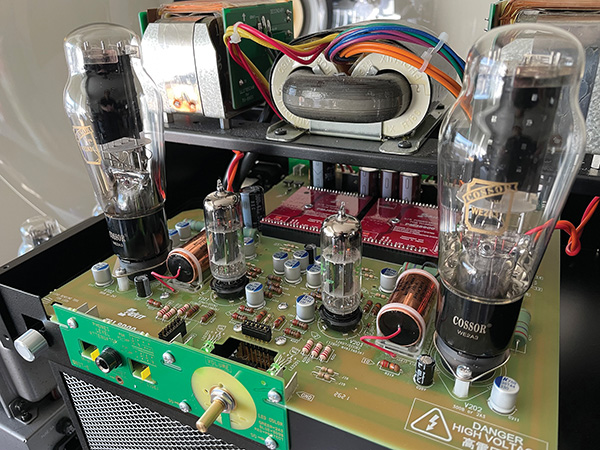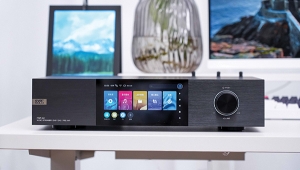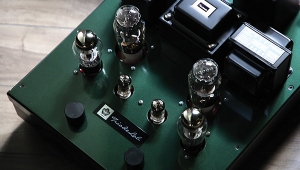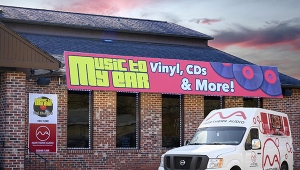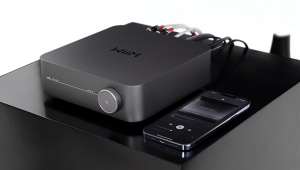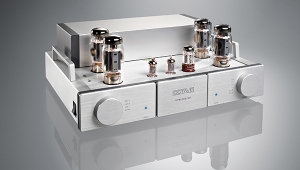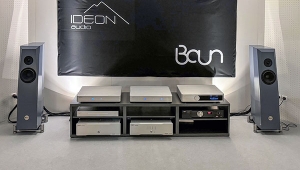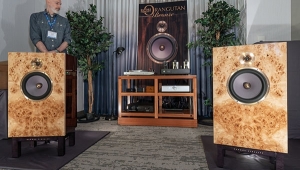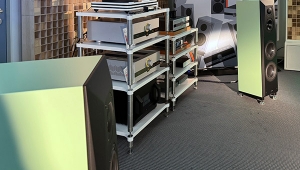| Columns Retired Columns & Blogs |
If you keep your head, and keep it simple.
I traded in a new unassembled TU-8500 kit preamp of Elekit's, the owner couldn't face it when he saw the bags of parts.
I can say that even though very plain looking the parts content were 1st Class. So instead of selling it when things were quiet and the wife was away, I decided to assemble it.
They are very well thought out kits, with clear and concise assembly instruction, if you can solder and don't rush and have a patient demeaner, you will be able to build these kits.
I did bench measurements on it afterwards, and it was as good as any $$$$$ tube preamp I've measured from the big esoteric names.
BTW: just go with the basic $1945 kit, it will sound very good, instead of the glitz and glamour upgraded $3280!! (without tubes)!!!
Cheers George

